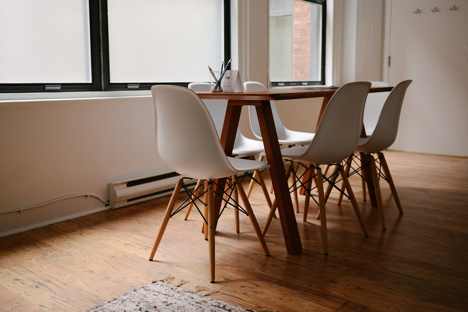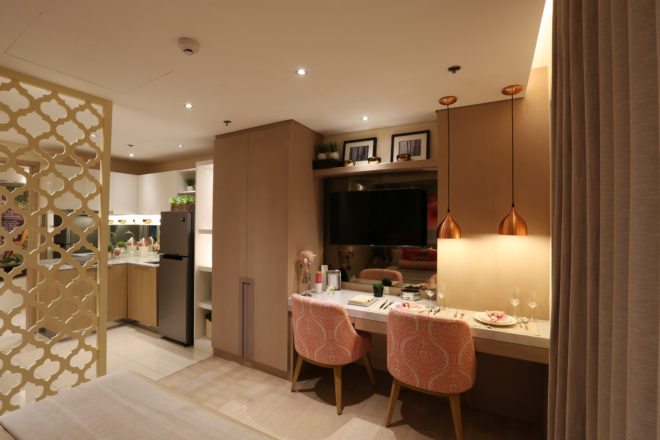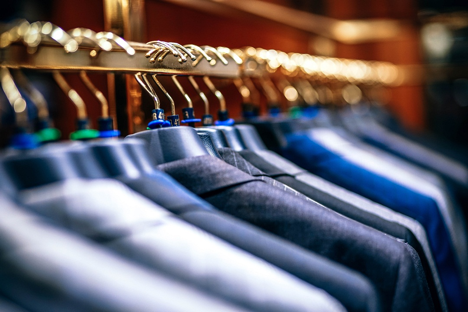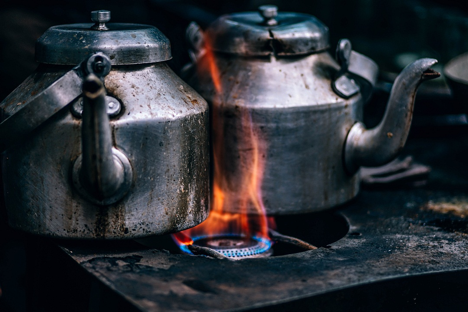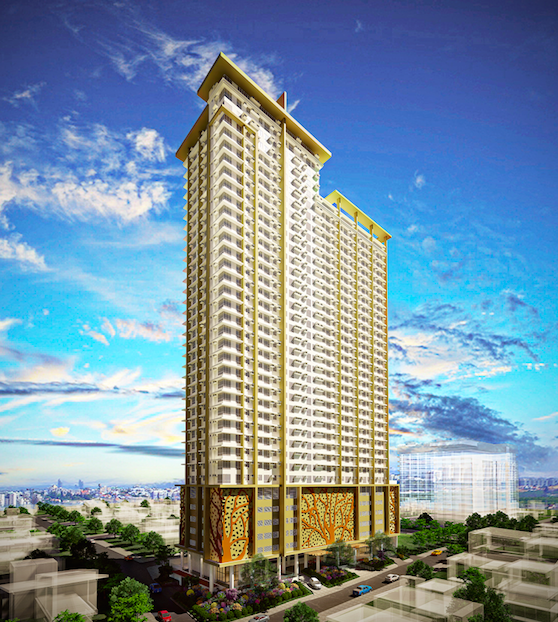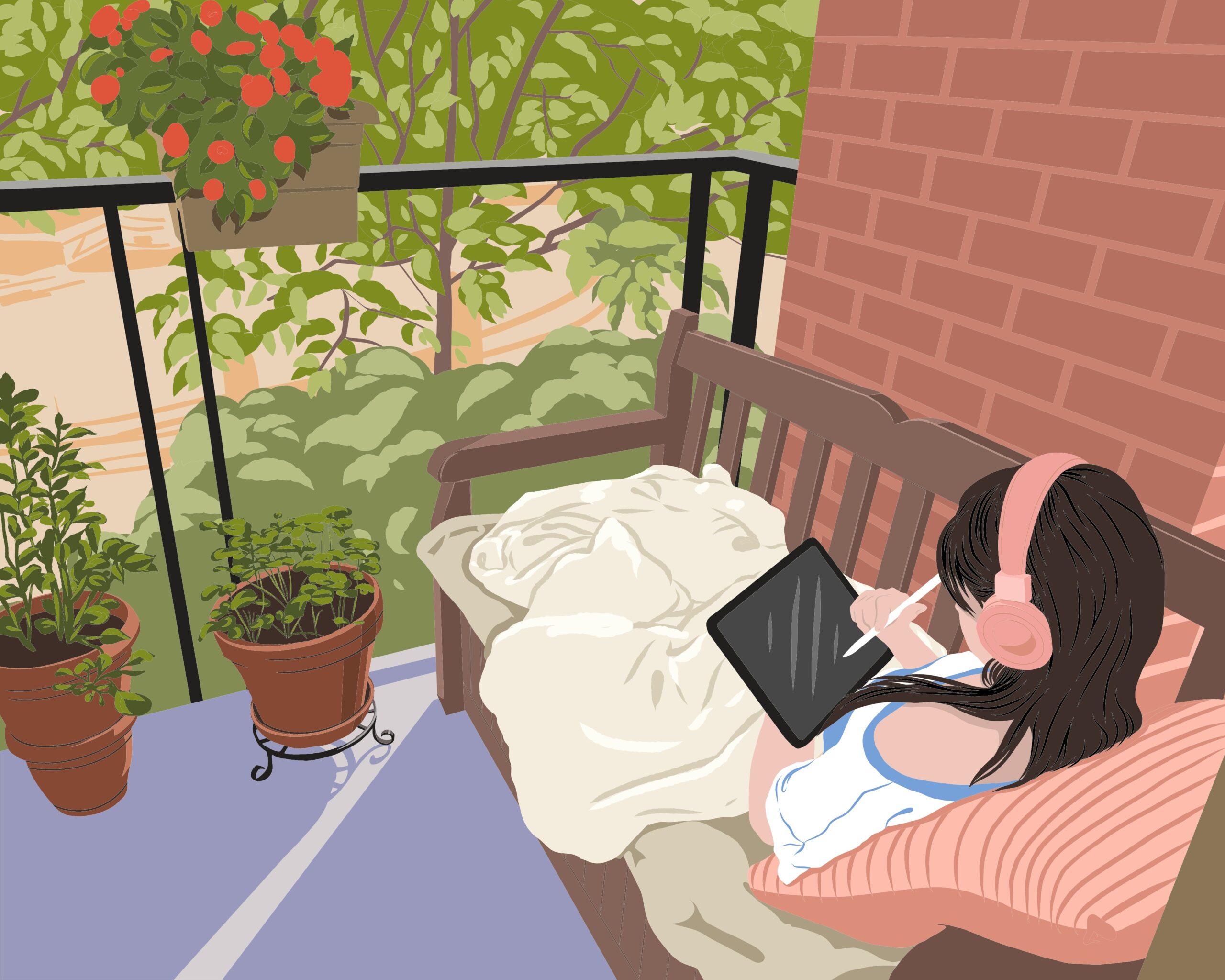We often think our battle against air pollution ends once we’re inside the protective walls of our own home. What we don’t know is it gets worse from there.
Apparently, indoor air can be more polluted than the air outdoors because pollutants that are existing indoors get trapped inside these spaces, build up, and turn into pollution. And consequently, we inhale these chemicals and substances each day of our life.
The only way to avoid this health-threatening situation is to know what the causes of indoor air pollution are and reduce, if not eliminate their presence in our indoor environment.
Causes of indoor pollution
Different types of pollutants are found indoors. These include:
1. Molds
Molds are fungi that can cause allergic reactions and irritation. Indoors they are found in:
– Ceiling, floor, plumbing, roof, and wall leaks; and other moist surfaces
– Doors and window sills; unclean humidifiers
– Fabrics like beddings, carpets, clothes, curtains; and paper products
2. Volatile Organic Compounds (VOCs)
VOCs are gases emitted by certain products used indoors and constant exposure to it can negatively affect different internal organs of the human body. VOCs are contained in:
– Aerosol sprays
– Cleaning products
– Dry-cleaned clothing
– Paints, solvents, and varnishes
– Pesticides and repellents
– Items with strong odors like air fresheners, perfumes, deodorizers, fabric softeners, scented candles
3. Carbon Monoxide, Nitrogen Oxides, Sulfur Dioxide
These gases are formed during an incomplete burning of carbon-containing materials like coal, gasoline, kerosene, oil, propane, or wood; and it’s not ideal to inhale such toxic gases. They emerge from:
– Clothes dryers
– Charcoal grills
– Gas stoves and ovens
– Generators
– Heaters
– Wood stoves
– Tobacco smoke
4. Formaldehyde
Formaldehyde is an organic chemical that releases strong-smelling gas. It can cause allergic reactions and irritation to the respiratory tract. Formaldehyde is found in different household items like:
– Adhesives, glues, paints
– Carpets, curtains
– Cosmetics products
– Furniture fabrics
– Disinfectants
– Kerosene
– Paper products
– Pesticides
– Pressed wood products
– Urea formaldehyde foam insulation (UFFI)
5. Environmental Tobacco Smoke (ETS)
ETS is widely known as secondhand smoke. It refers to the smoke of burning tobacco and the smoke exhaled by someone else, and it can cause lung cancer. The only sources of ETS are:
– Cigarettes
– Cigars
– Pipes
– Tobacco
6. Asbestos
Asbestos is a mineral rock widely used in building construction materials for its heat and deterioration-resistant properties. Exposure to asbestos doesn’t cause instant allergic reactions and irritation; however, it’s linked to many cases of lung cancer. Inside the house asbestos is found in:
– Deteriorating ceiling, walls, and pipe insulation
– Heat-resistant fabrics
– Paper products
– Vinyl floor tiles
– Thermal insulation
7. Lead
Lead is a natural element used for paint. Due to its harmful properties, however, the use of this element for paint decreased over the years. But if by any chance lead-painted items like children’s toys make it to your household, be informed that exposure to lead can cause brain, kidney, and nervous system damages to your little ones.
8. Radon
Radon is a radioactive gas that originates from the ground. It becomes an indoor concern when it penetrates homes and buildings through floor and wall openings like cracks. Radon emits harmful gamma radiation, and it’s been found to be the leading cause of lung cancer among nonsmokers.
How to improve indoor air quality
Now the question is, can we eradicate these unwanted harmful elements from our homes? We can’t totally wipe them out since some involve natural processes, however, we can definitely choke them and minimize their chances of growing and staying inside our dwelling place.
Here are three ways how we can do so:
1. Seek professional help.
Now that you know the air you breathe at home is not at all clean, the next thing you need to do is seek professional assistance. Find indoor air experts online that can help assess your home’s indoor air quality. It’s best to know what levels of carbon monoxide and radon you’re dealing with so you can take the most appropriate actions.
2. Be clean.
Always clean everything.
- Keep your floor, walls, appliances, furniture, fabrics, decors, and everything that can house molds clean
- Dispose of unnecessary old items that only accumulate dusts
- Don’t allow smoking inside or at the entrances of your house
- Minimize your use of cleaners and sprays that contain VOCs
- Control moisture
- Fix leaks
- Renovate damaged parts of the house no matter how small it may be
3. Ventilate.
Install exhaust fans where needed, and open your windows and doors to let all these harmful pollutants out. Good ventilation is sure to make a difference.
Integrate these things into your routine and sleep in peace at night knowing you’re doing something to manage and improve your indoor air quality. You can protect your family from indoor air pollution, and you can start doing it now.
###
Move into a nature-rich community and live a healthy life with your family. Adorned by earth tone palettes and surrounded by pocket gardens, The Rochester by Empire East offers a relaxing sanctuary where you and your family can leisurely enjoy easy strolls on weekend mornings and exciting activities on night outs. The 3-hectare terrain is conveniently located along Elisco Road in Pasig, and it is only 3 km away from EDSA Ortigas Avenue, which connects to the business districts in Makati City and Taguig in the South. It is also a few minutes away from some of the country’s most well-known shopping districts, hospitals, schools, and food hubs.
Unlike the other polluted highways in Metro Manila, The Rochester is located in a residential district, which is also on the quieter side of Pasig. Expect to enjoy nature at its finest.
For more information about Empire East and its homes across Metro Manila visit www.eelhi.com; or call 810-3333 or 0917-8-EMPIRE. You may also like us on Facebook: facebook.com/empireeast/; and follow us on Twitter: twitter.com/empireeast.
Sources:
https://www2.ca.uky.edu/hes/fcs/factshts/hf-lra.161.pdfhttps://www.lung.org/our-initiatives/healthy-air/indoor/https://www.epa.gov/indoor-air-quality-iaq/improving-indoor-air-qualityhttps://www.epa.gov/indoor-air-quality-iaq/protect-indoor-air-quality-your-homehttps://www.who.int/indoorair/en/https://sis.nlm.nih.gov/enviro/indoorairpollution.html
INQUIRER.net/JanineVillagracia

